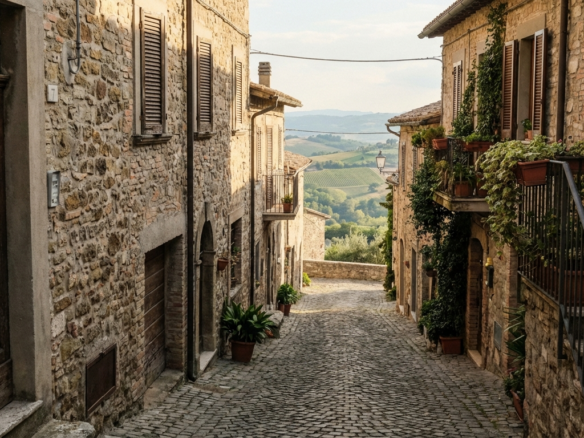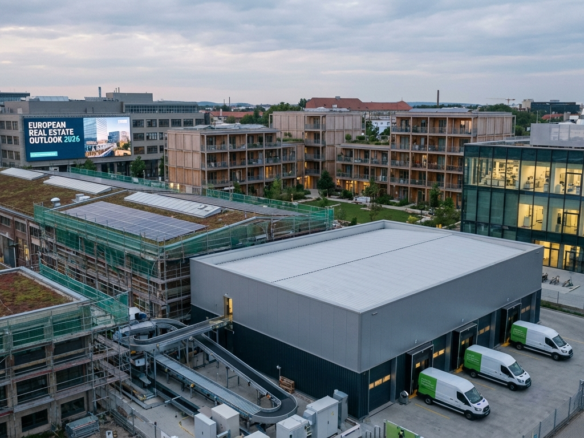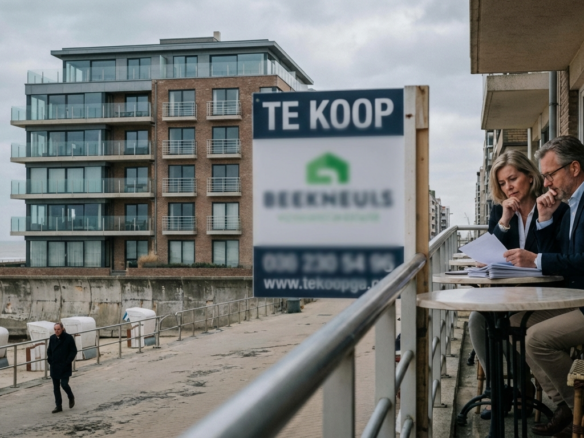The European Union has long been a leader in sustainability and environmental protection, and now it’s taking its commitment to the next level with the launch of the Green Deal. This ambitious plan aims to make the EU carbon neutral by 2050, and it will have a significant impact on all industries, including real estate. In this article, we’ll dive into the details of the Green Deal and explore how it will shape the future of real estate markets in the EU.
Get 50% OFF!
Subscribe to our newsletter and enjoy a 50% discount on all listing packages, no strings attached!

The Green Deal: A Brief Overview
The Green Deal is a comprehensive set of policies and initiatives designed to transform the EU into a more sustainable and climate-friendly economy. It was launched by the European Commission in December 2019 and is a key part of the EU’s commitment to the Paris Agreement on climate change.
Under the Green Deal, the EU aims to reduce its greenhouse gas emissions by at least 50% by 2030 and achieve carbon neutrality by 2050. This will require significant changes in all sectors, including real estate, which accounts for around 40% of the EU’s energy consumption and 36% of its greenhouse gas emissions.
The Impact on Real Estate Markets
The Green Deal will have a profound impact on real estate markets in the EU, both in the short and long term. Here are some of the key ways in which the Green Deal will shape the future of real estate in the EU:
1. Increased Demand for Sustainable Buildings
One of the main goals of the Green Deal is to make buildings more energy-efficient and reduce their carbon footprint. This means that there will be a growing demand for sustainable buildings that meet strict energy efficiency standards. As a result, developers and investors will need to adapt to these new requirements and focus on building or renovating properties that are more environmentally friendly.
For example, in Germany, the government has already introduced a new law that requires all new buildings to be built to a nearly zero-energy standard. This trend is likely to spread to other EU countries as they work towards achieving the Green Deal’s targets.
2. Higher Property Values for Sustainable Buildings
As the demand for sustainable buildings increases, so will their value. Properties that are energy-efficient and have a low carbon footprint will become more desirable and command higher prices. This will not only benefit developers and investors but also homeowners who have made efforts to make their properties more sustainable.
Moreover, the Green Deal also includes plans to introduce a carbon tax, which will make it more expensive to own and operate properties with high carbon emissions. This will further incentivize property owners to invest in energy-efficient upgrades, which will ultimately increase the value of their properties.
3. Changes in Building Regulations
The Green Deal will also lead to changes in building regulations across the EU. As the focus shifts towards sustainability, building codes and standards will be updated to reflect the new requirements. This will have a significant impact on the construction industry, as developers will need to adapt to these changes and incorporate sustainable practices into their projects.
For example, in France, all new buildings must now have a green roof or solar panels, and this trend is likely to spread to other EU countries as well.
4. Opportunities for Green Financing
The Green Deal also includes plans to mobilize private investment in sustainable projects through green financing. This will provide opportunities for real estate developers and investors to access funding for sustainable projects and initiatives. It will also encourage the development of new financial products and services that support the transition to a more sustainable economy.
Local Real Estate Trends in the EU
While the Green Deal will have a significant impact on real estate markets across the EU, it’s essential to note that there are also localized trends that will shape the future of the industry in each country. Here are some examples of how the Green Deal ties into specific real estate trends in different EU countries:
1. Germany: Focus on Energy-Efficient Buildings
Germany has been a leader in sustainable building practices for many years, and the Green Deal will only accelerate this trend. The country has set ambitious targets for reducing its carbon footprint, and this has led to a strong focus on energy-efficient buildings. As a result, developers and investors in Germany will need to prioritize sustainability to remain competitive in the market.
2. France: Emphasis on Renewable Energy
France has set a goal to become carbon neutral by 2050, and this will require a significant shift towards renewable energy sources. As a result, there will be a growing demand for properties with renewable energy systems, such as solar panels or geothermal heating. This trend will also create opportunities for developers and investors to invest in renewable energy projects.
3. Spain: Focus on Retrofitting Existing Buildings
In Spain, the focus will be on retrofitting existing buildings to make them more energy-efficient. This is because the country has a large stock of older buildings that are not up to current energy efficiency standards. The Green Deal will provide incentives for property owners to invest in energy-efficient upgrades, which will not only reduce their carbon footprint but also increase the value of their properties.
The EU’s Green Deal is a game-changer for the real estate industry. It will lead to significant changes in building regulations, increase the demand for sustainable buildings, and create opportunities for green financing. Moreover, localized trends in different EU countries will also shape the future of real estate markets. As the EU works towards achieving its ambitious climate goals, the real estate industry will need to adapt and embrace sustainability to remain competitive in the market.





Join The Discussion